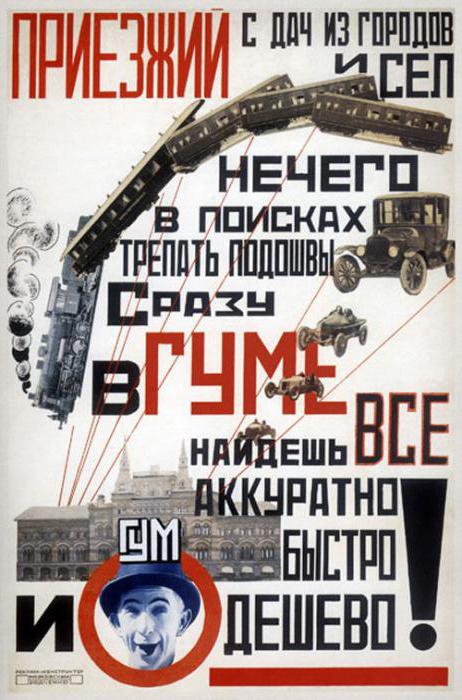Alexander Mikhalovich Rodchenko, a constructivist and designer, spent his entire conscious life in creative pursuits. He did not always find understanding with the state, and then stagnation occurred in work, and anguish in his soul. This is especially marked by the last years of life.
Childhood and youth
In the family of theatrical props and laundresses in 1891, son Alexander was born. After eleven years, they moved to Kazan. There, Rodchenko in 1905 graduated from the primary parish school. Parents dreamed that their son would learn and become a dental technician - a specialty of a wealthy person, and a teenager wants to draw. From 20 years old until the outbreak of World War I, he studied for four years in Kazan, at an art school, where he met Varya Stepanova, who would later become a friend and ally for life.
But in 1914 he was drafted into the army and sent to the Moscow Zemstvo, where he was in charge of the ambulance train.
Moscow
Since 1916, Alexander Rodchenko began to conduct experiments with painting and participate in the exhibitions of V. Tatlin, in which he exhibited his avant-garde paintings. You can have a different attitude to the vanguard. In these works, someone will find a deep meaning in the invented new forms, because the artist was thinking about something, creating paintings. Alexander Rodchenko viewed his creative search as a research method.
After all, he wrote programs in which he fixed his beliefs. And in the pictures made up of geometric shapes, he tried to reveal the depth of space and the shape of the elements.
Organizational activities in Moscow
In 1917, artists create a trade union. Alexander Rodchenko - quite the formed man, he is 26 years old, he is full of energy and, being the secretary of the trade union, takes on the organization of the life of young artists. In addition, he participates in the design of the cafe "Pittoresk", and also serves in the People's Commissariat of Education.
Creation
In 1923, Mayakovsky's book “About This” was published. Rodchenko created brilliant illustrations for her. Photo collages included portraits of the creator and his lover Lily Brick. The book was mixed by contemporaries. The design enhanced the frankness of the drama. For example, Lunacharsky was delighted with the poem, but he was skeptical about its design, Rodchenko's work was too innovative. This book was a continuation of their joint design work on posters. In the 20s, the language of the poster changed dramatically - it became extremely catchy, concise, informative. He sharply differed from the West European in his innovative forms. Mayakovsky and Rodchenko in tandem created political campaign posters as part of constructivism in the years 23-25 .

For this short period, several calls were made to contact Mosselprom, among which the most striking are Cheap Bread and Nowhere Beyond ..., as well as nipples of Rezinotrest, an advertisement by GUM. In addition to catchy texts, they are distinguished by visual methods of influence: simple contrasting bright colors, strange angles. And also used inclined, vertical and horizontal lines, a font of different sizes. All taken together could not but attract attention and not convince.
New kind of art
The next facet of the talent of this extraordinary person, photo art, was accidentally revealed. Alexander Rodchenko was faced with the need to photograph his theatrical works. What is striking, ideas just gush in the 20s. The question arises: when did he manage to implement them all? Worked for 24 hours? Having discovered a new art form, he devoted himself with all his fervor to it. He captured moments of life everywhere and created masterpieces.
He shot people and objects from unusual points, took angles from an angle, photographed from above and below, and created portraits. It was pavilion shooting, and on the streets of the city, and in nature.
In the 30s, Rodchenko was accused of bourgeoisie for filming a pioneer who trumpets the pipe. But he continued to work, not adjusting to the demands of the authorities. The case ended in the fact that in 51 he was expelled from the Union of Artists. It was a gloomy period in his life and in the life of his wife Varvara Stepanova. But everything settled down after the death of Stalin, and in 54 Rodchenko was restored to the ranks of artists. Two years later, in 1956, Rodchenko passed away. He was 64 years old.
But he did so much so that his archives should be continued to be investigated and photo exhibitions of his works should be done, since they reflect time and did not lose artistic expression.